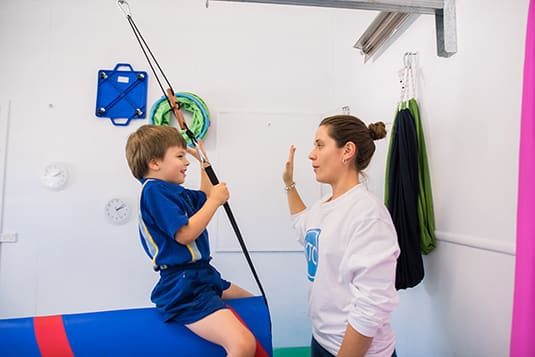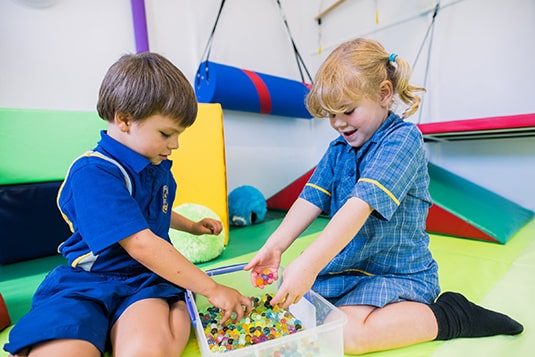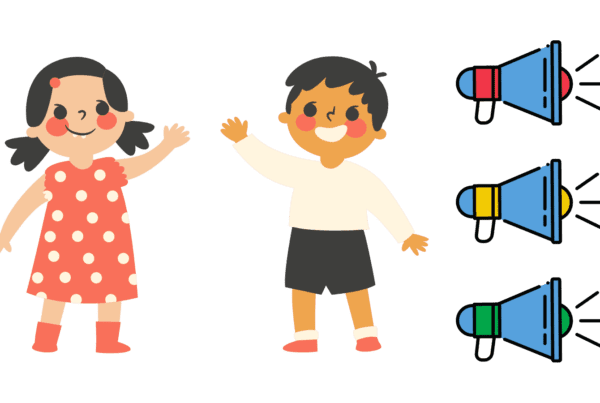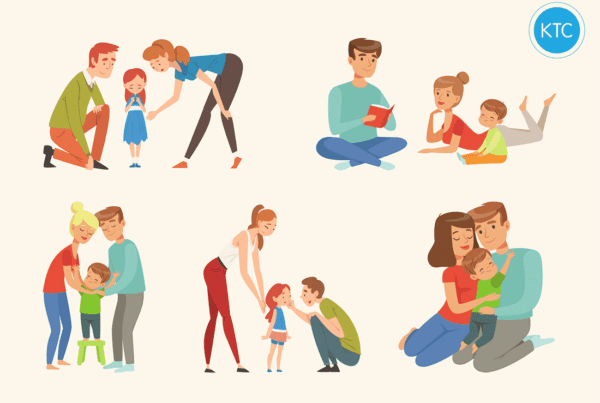Why Do We Use Play Based Therapy In Sessions?

When going through university, it was always mentioned to us that for those of us who are going to be working in paediatrics, a lot of people will question why in our sessions are so largely focussed on playing games and having fun and making fools of ourselves. The answer is play therapy.
Play therapy is one of the most important methods of therapy that we use when working with children. It is through play therapy that we can target such a wide range of areas at one time. Through play therapy, Occupational Therapists are able to assess and provide intervention for gross motor skills, fine motor skills, social skills, communication skills as well as developing imagination and storytelling skills.
When we plan for sessions with children, we need to ensure that they will enjoy the activities. It is through this enjoyment that children are much more receptive to intervention and much more comfortable to open up to therapists. This comfort allows us to build relationships and trust with you child and ensure that the therapy we are providing is as effective as it can be.
Some examples of play in our therapy that you might see are:
Next time you sit in on a session, try and see if you can guess what the different areas are that we are targeting through our fun and games. There will be many more than you think!
At home, strategies you can use when playing with your child can include:






